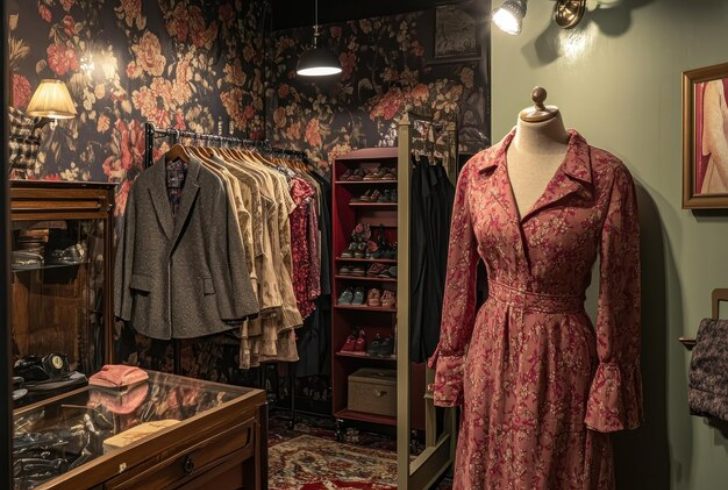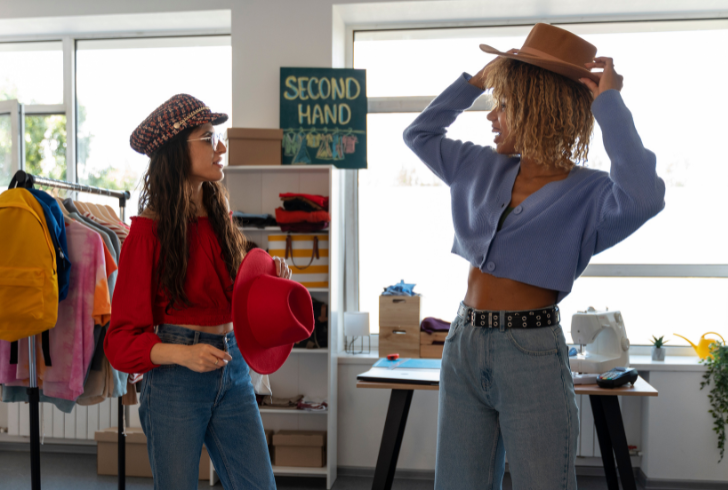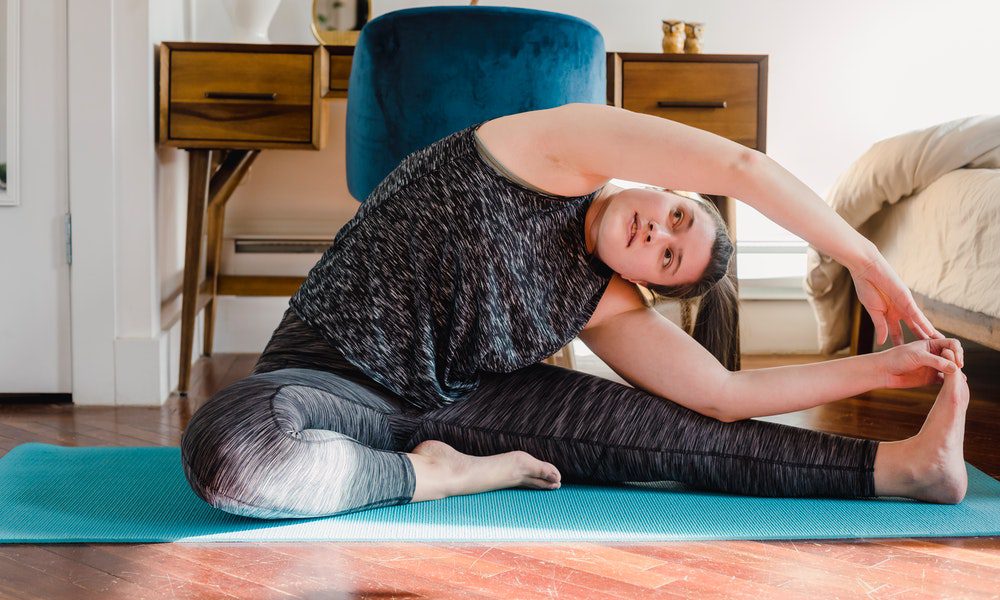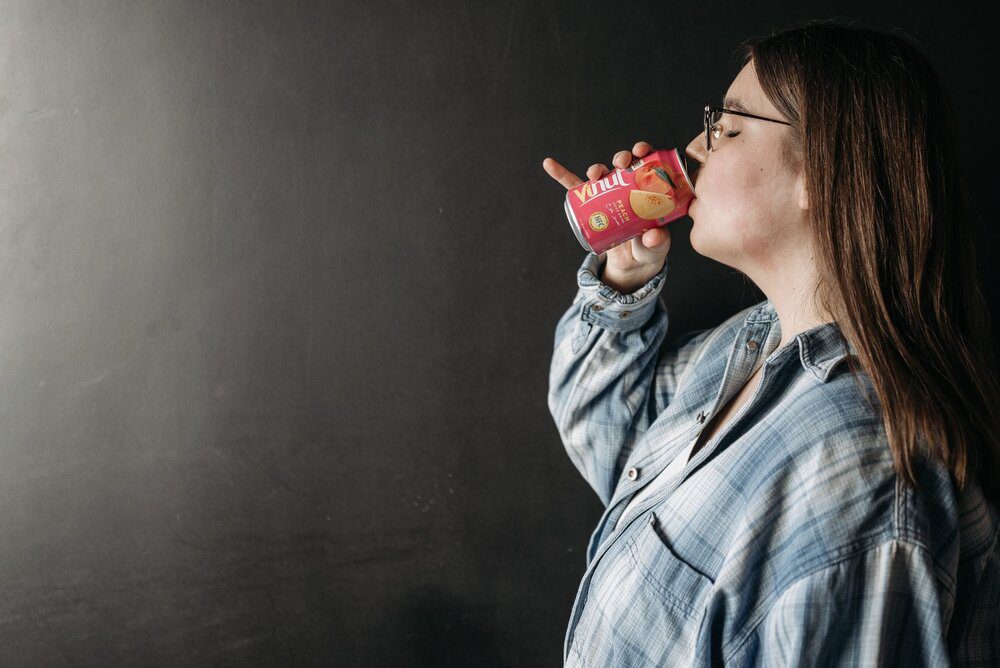Walk into a thrift store, browse an online resale app, or check out a clothing swap event, and one thing is clear—secondhand fashion is thriving. What used to be dismissed as “used” has now gained prestige as “vintage,” and no group has embraced this transformation more than Gen Z.
Reports show that resale fashion is growing at a pace five times faster than new retail. This rapid rise reflects shifting attitudes toward consumption, sustainability, and personal style. For many young consumers, vintage has moved from a niche option to a mainstream movement.
From Used Clothing to Vintage Appeal

Freepik | bramjanssens | Shifting the term from "used" to "vintage" has made secondhand clothes more desirable.
Secondhand clothing once carried a stigma, associated with dusty racks and bargain bins. Today, the shift in language from “used” to “vintage” has changed how it’s perceived. Online thrift platforms and curated shops now present pre-owned clothing as unique, stylish, and desirable.
Elke Gaugele, a professor of fashion and styles, explained that secondhand clothing has always been a part of youth culture. What’s different today is how positively it’s portrayed in media and embraced on social platforms.
Interestingly, “vintage” no longer strictly applies to garments over 20 years old. The word itself signals exclusivity and quality. Hashtags labeled vintage often feature pieces from recent collections, yet the term adds a layer of authenticity and individuality that Gen Z finds appealing.
Why Gen Z Values Vintage
Young shoppers seek more than trendy designs; they want value and longevity. While fast fashion may be cheap upfront, its quality often fails to last. Pre-owned jeans and jackets, for example, usually offer better fabric and construction, making them a smarter long-term investment.
According to ThredUp’s 2025 Resale Report, affordability ranks as a top reason Gen Z shops secondhand—right after the desire to score authentic vintage pieces. In a tight economy where groceries and rent often outweigh clothing budgets, stretching every dollar matters.
As one young respondent put it, “Prices keep rising, but quality keeps falling. Buying secondhand means I get better clothes for less.”
Sustainability Shapes the Trend
Gen Z’s fashion choices are also shaped by environmental awareness. The fast-fashion industry contributes heavily to pollution, textile waste, and water use. Choosing vintage or secondhand is a simple yet effective way to reduce fashion’s environmental footprint.
Retailers have noticed. Brands like Urban Outfitters now collaborate with resale platforms, while Patagonia offers pre-worn pieces directly on its site. Beyond resale, options like clothing rentals and community sharing programs are growing. These services allow access to stylish outfits for special occasions without the waste or high cost of ownership.

Freepik | For Gen Z, sustainable and community-driven fashion makes thrifting a cultural statement.
This sustainable, social, and community-driven approach to fashion aligns closely with Gen Z values, turning secondhand shopping into a cultural statement rather than just a money-saving habit.
A Future Defined by Individual Style
Vintage fashion isn’t only about affordability or sustainability—it’s also about identity. With endless options available thanks to globalization, young consumers seek pieces that set them apart. Owning a one-of-a-kind jacket or retro tee helps define a personal style that mass-produced fast fashion cannot deliver.
Gen Z continues to prove that fashion can be both stylish and responsible. By reshaping secondhand shopping into a trend that values individuality, affordability, and sustainability, they are driving the industry into a future that reflects both conscience and creativity.
Vintage fashion has become more than a choice—it’s a movement. Gen Z has pushed it into the spotlight by blending style with purpose, and the ripple effect is undeniable. Their influence ensures that secondhand clothing is not only here to stay but set to grow stronger in the years ahead.




